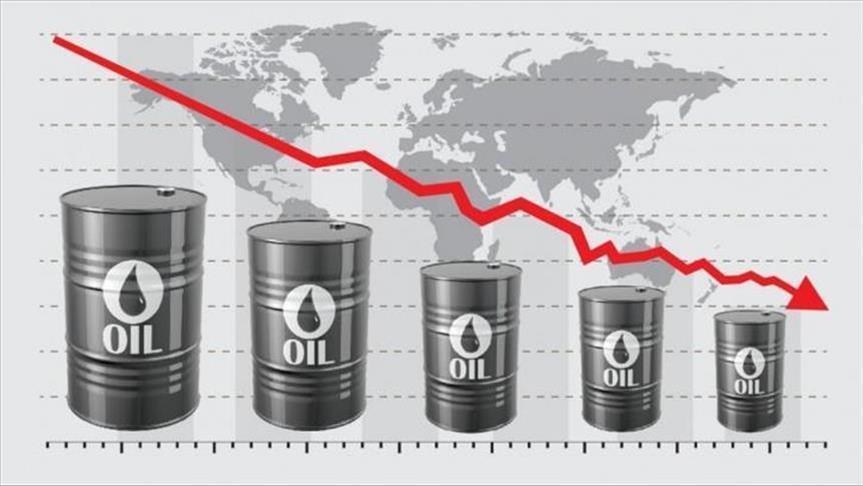Global crude oil markets have taken another hit as Brent futures continue their downward spiral, losing more than 7% in August and extending their year-to-date decline to over 11% in 2025.
The benchmark commodity, which opened the month at $71.83 per barrel, is now hovering around $65.65 following a sobering new forecast from the U.S. Energy Information Administration (EIA).
In its latest outlook, the EIA projected that Brent crude spot prices could average below $60 per barrel in the fourth quarter of this year, a level last seen during the market turmoil of 2020.
Acting Administrator Steve Nally attributed the gloomy forecast to the likelihood of rising inventories outpacing demand.
“There’s a lot of uncertainty in the petroleum market.
“We’ve seen significant drops in oil prices when inventories build quickly, which is what we anticipate in the coming months.”
Steve Nally, Acting Administrator of EIA
The bearish sentiment has been amplified by reports that U.S. crude production could reach a record 13.41 million barrels per day in 2025, thanks to improved well productivity.
Analysts caution that this surge in output, combined with slowing demand growth, could keep downward pressure on prices for the foreseeable future.
For now, Brent remains above the $60 support level, but market watchers warn that a decisive break below that threshold could spark another wave of selling, further rattling oil-linked currencies and energy stocks.
Volatile Year for Oil Prices

Crude oil markets in 2025 have been anything but stable. Brent began the year trading at $74.93 per barrel, quickly climbing to $82.03 on January 15, the highest point of the year so far.
However, the rally was short-lived. From February through early March, a combination of tariff measures and macroeconomic headwinds drove prices below $71.
A short-lived recovery between late March and early April saw prices rebound to around $74, buoyed by improved sentiment and temporary supply concerns. But this optimism faded as the market slid through the rest of April, closing the month at a low of $63.12.
Prices found some support in May and remained relatively firm through June, partly driven by geopolitical tensions and fears of potential supply disruptions linked to Iran.
This momentum carried into July, with Brent climbing to $72 per barrel. Yet, by early August, the tide had turned again.
Expectations that supply would soon outpace demand particularly in light of rising U.S. production helped trigger the latest selloff, cutting over 7% from prices in just a matter of weeks.
Implications for Oil-Linked Currencies

Currency markets are also on alert. Brent crude’s steep decline could spell trouble for oil-exporting nations whose revenues and exchange rates are closely tied to global energy prices.
Analysts say that unless central banks in these economies step in with policy interventions, further oil price weakness could translate into heightened volatility in currency markets.
The relationship between oil prices and currency stability is particularly pronounced in countries where petroleum exports account for a significant share of government income.
For these economies, sustained price declines often lead to budgetary pressures, reduced foreign reserves, and potential inflationary spikes if local currencies weaken.
The EIA’s projection of sub-$60 Brent crude prices by the final quarter of 2025 paints a challenging picture for the global energy sector.
While the agency’s forecast has unsettled markets, some analysts remain cautious about betting on a prolonged slump, noting that geopolitical events, production cuts by major exporters, or unexpected supply disruptions could quickly reverse the trend.

“We’re in a market where small shifts in inventories or production can have outsized impacts on prices, and right now, the risks are pointing downward.”
Steve Nally, Acting Administrator of EIA
Still, with U.S. output poised to hit record highs and global demand growth showing signs of slowing, the short-term risks remain tilted to the downside.
A break below the $60 mark could test the resilience of producers, particularly those with higher extraction costs, and force a rethinking of investment plans in the sector.
For now, traders and policymakers alike are keeping a close watch on supply-demand dynamics, mindful that oil prices remain one of the most influential variables in the global economic equation.
READ ALSO: Ghana Set to Smash All 2025 Economic Targets – IC Research Hails Strong H1 Performance
















